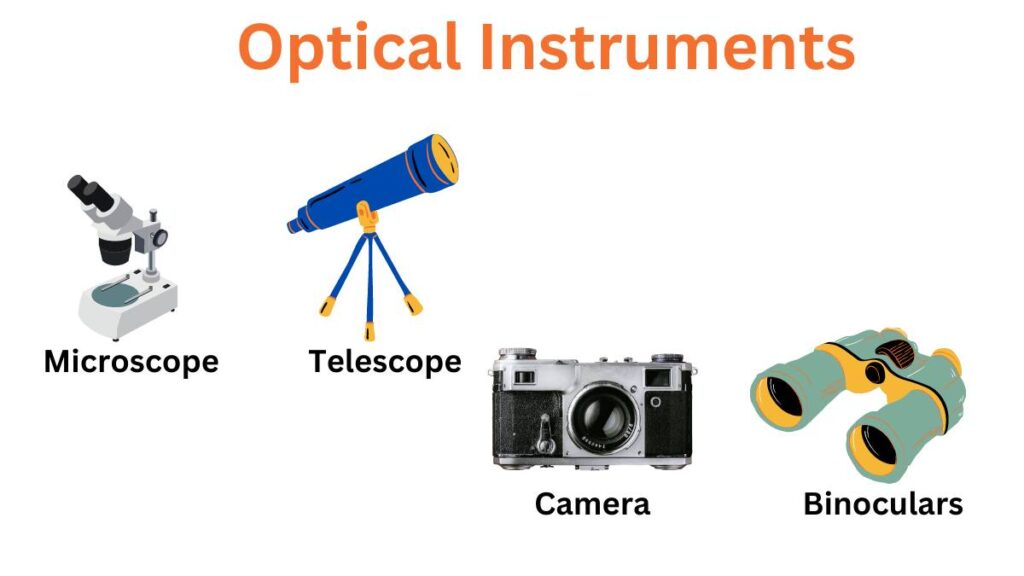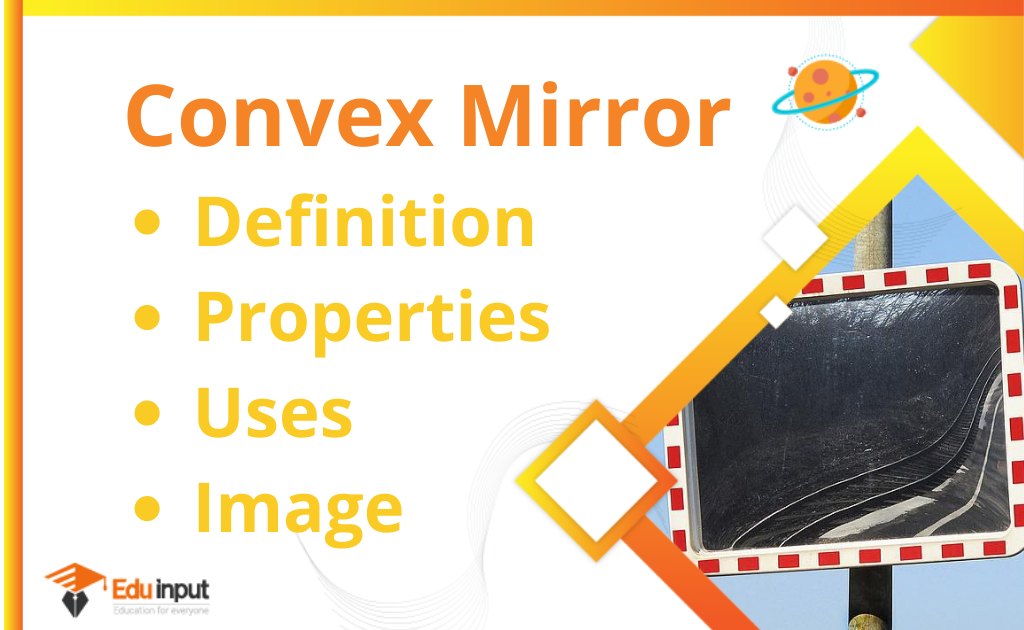Optical Instruments-Definition, Types, And Applications
Optical instruments are tools that utilize light waves to improve the quality of an image, resulting in a clearer and more detailed view. These instruments ranging from simple magnifying lenses to complex devices like microscopes and telescopes serve to enlarge objects and enable enhanced visual perception.
What are Optical Instruments?
Optical instruments have played an important role in enhancing human vision and expanding our understanding of the world around us. These instruments have revolutionized various fields of study and have become indispensable tools for scientists, researchers, and enthusiasts alike.
Optical instruments have evolved in parallel with advancements in technology and our understanding of optics throughout history. The ancient Egyptians were among the first to experiment with lenses, using them to magnify and clarify vision. However, it was during the Renaissance period that significant progress was made in the field of optics paving the way for the development of more sophisticated optical instruments.
Optical instruments rely on the principles of optics the branch of physics that deals with the behavior of light. They manipulate and control light to enhance our vision or extract valuable information about the objects we observe. These instruments employ various components such as lenses, mirrors, prisms, and detectors to manipulate and measure light in different ways.
Types of Optical Instruments
These are some common optical instruments.

Microscopes
Microscopes have revolutionized our understanding of the microscopic world. By magnifying objects and providing detailed visualization, microscopes have played a crucial role in biology, medicine, and materials science. They come in various types including compound microscopes, stereo microscopes, and electron microscopes each offering unique capabilities for different applications.
Telescopes
Telescopes enable us to observe celestial objects and unravel the mysteries of the universe. From Galileo’s first observations to the modern-day giant observatories, telescopes have expanded our knowledge of the cosmos. It helps to reveal distant galaxies, exoplanets, and breathtaking astronomical phenomena. They come in different designs including refracting telescopes, reflecting telescopes, and radio telescopes.
Cameras
Cameras have revolutionized the art of photography enabling us to capture and preserve moments in time. Cameras have become powerful tools for professional photographers and amateurs with the integration of optics, light sensors, and advanced imaging technologies. From DSLRs to smartphone cameras, these devices utilize lenses and image sensors to capture and store visual information.
Spectrophotometers
Spectrophotometers are instrumental in analyzing the interaction between light and matter. They measure the intensity of light as a function of its wavelength, allowing scientists to analyze the absorption, transmission, and emission of light by different substances. Spectrophotometers find applications in fields such as chemistry, biochemistry, environmental science, and pharmaceutical research.
Binoculars
Binoculars provide a portable and immersive way to observe distant objects. Whether for birdwatching, stargazing, or enjoying outdoor activities, binoculars offer magnification and improved vision, bringing us closer to the beauty of nature and the wonders of the world around us.
Applications of Optical Instruments in Various field
Optical Instruments in Scientific Research
Optical instruments have been indispensable in scientific research, enabling scientists to explore and investigate various phenomena. They have facilitated breakthroughs in fields such as biology, chemistry, physics, and materials science, allowing researchers to delve into the fundamental building blocks of life. It unravels complex molecular structures and studies the behavior of matter at the atomic and subatomic levels.
Optical Instruments in Medicine
In the medical field optical instruments have revolutionized diagnosis, treatment, and surgery. Optical instruments play a critical role in visualizing and understanding the human body from microscopes used in surgical procedures to endoscopes allowing minimally invasive exploration. Imaging technologies such as optical coherence tomography (OCT) and confocal microscopy enable detailed examination of tissues and aid in the early detection of diseases.
Optical Instruments in Astronomy
Astronomy heavily relies on optical instruments to observe and study celestial objects. Telescopes, both on the ground and in space, provide astronomers with unprecedented views of distant galaxies, stars, and cosmic phenomena. Optical spectroscopy helps identify the chemical composition of celestial objects and analyze their properties, contributing to our understanding of the universe’s origin and evolution.
Optical Instruments in Photography
Photography owes its existence to the integration of optics and light-sensitive materials. Optical instruments such as lenses, filters, and flashes allow photographers to capture stunning images with precision and artistic expression. The advancement of digital photography has further enhanced the capabilities of optical instruments, enabling instant image processing and manipulation.
Optical Instruments in Navigation
Optical instruments have played a vital role in navigation and exploration. From sextants used by sailors to determine their position at sea to GPS systems that rely on satellite-based optical technologies, these instruments have revolutionized how we navigate and explore the world. Optical instruments in navigation have contributed to safer travels, precise mapping, and efficient transportation systems.
Optical Instruments in Everyday Life
Optical instruments have permeated our daily lives in numerous ways. These instruments have become integral to our routines, from eyeglasses and contact lenses that correct vision to barcode scanners used in supermarkets. Optical fibers enable high-speed communication through the Internet, while laser technology finds applications in various industries, including manufacturing, entertainment, and medicine.
Related FAQs
What are the three optical instruments?
The three optical instruments are microscope, telescope, and camera.
What is the most commonly used optical instrument?
The most commonly used optical instrument is the microscope.
What are the optical instruments and lenses?
Optical instruments include devices such as microscopes, telescopes, cameras, binoculars, and spectrometers. Lenses are an essential component of these instruments as they focus and manipulate light.
What is the principle of optical instruments?
The principle of optical instruments is based on the manipulation and control of light to enhance observation or capture images. This involves the use of lenses or mirrors to gather and focus light, allowing for magnification, resolution, and image formation.

 written by
written by 





Leave a Reply